1. Why Ancient Creatures Fascinate Us
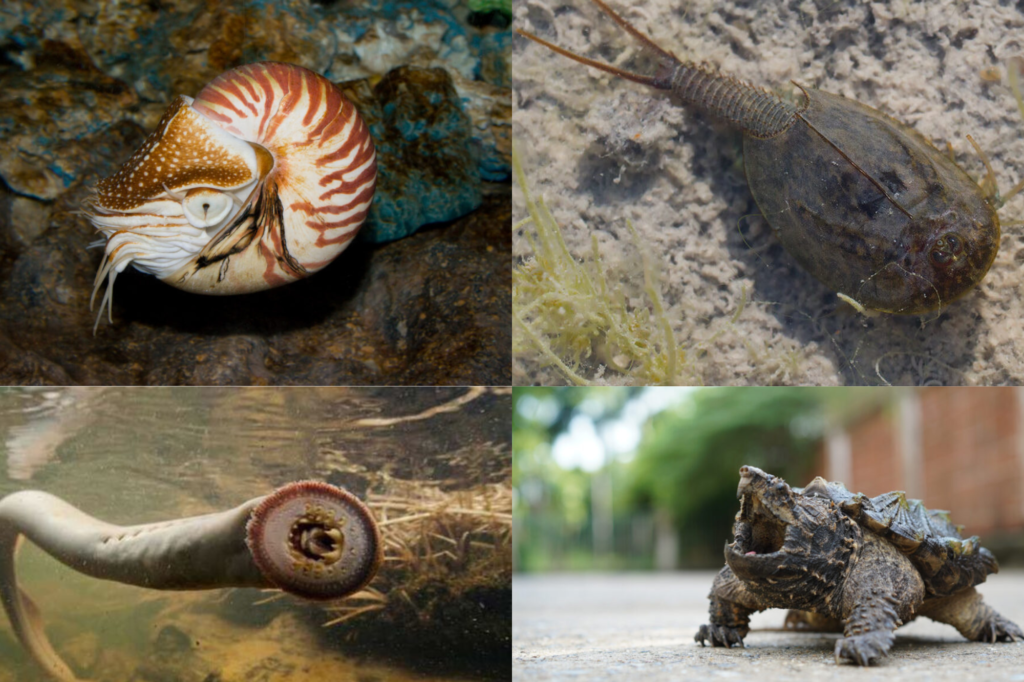
From enormous turtles to fish that look straight out of prehistory, many ancient creatures still thrive in U.S. waters today. These animals have survived mass extinctions, shifting climates, and the rise of humanity, proving that some designs are too effective to disappear. What makes them fascinating is not just their age but their resilience, living reminders of Earth’s distant past. Some species are even older than the dinosaurs, connecting us to a time when giant reptiles and strange sea creatures ruled the planet. Their survival stories give us a glimpse into the durability of nature and why certain adaptations remain successful for millions of years.
2. Horseshoe Crab
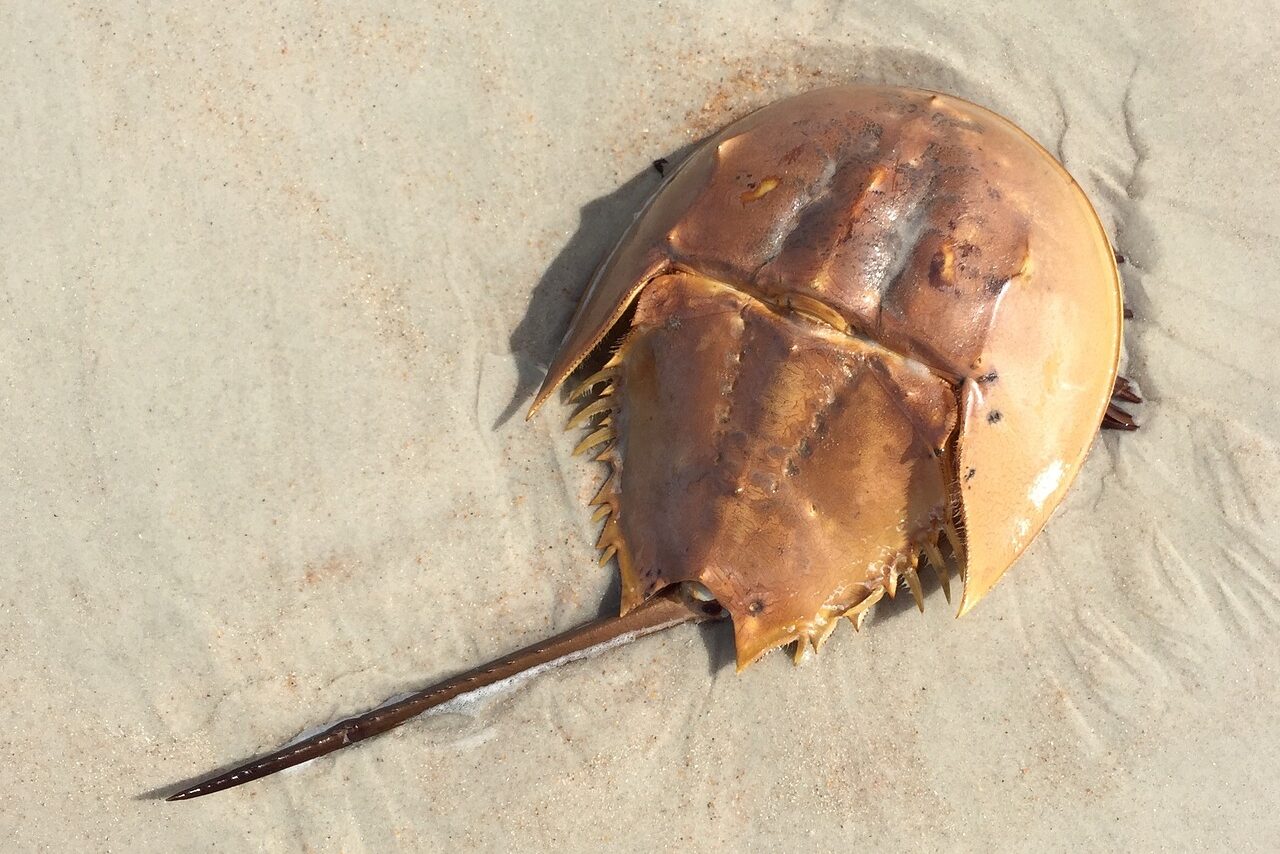
Older than trees, horseshoe crabs have been around for roughly 450 million years, making them one of the oldest surviving species on Earth. They’re often seen crawling along sandy beaches on the Atlantic coast, especially during spawning season in spring. Despite their armored, prehistoric look, they’re harmless to humans. What makes them truly extraordinary is their blue blood, which contains a compound used in modern medicine to test the safety of vaccines and medical equipment. This unique trait has made horseshoe crabs a vital part of human health and science, even though they themselves have remained largely unchanged since ancient times.
3. American Alligator
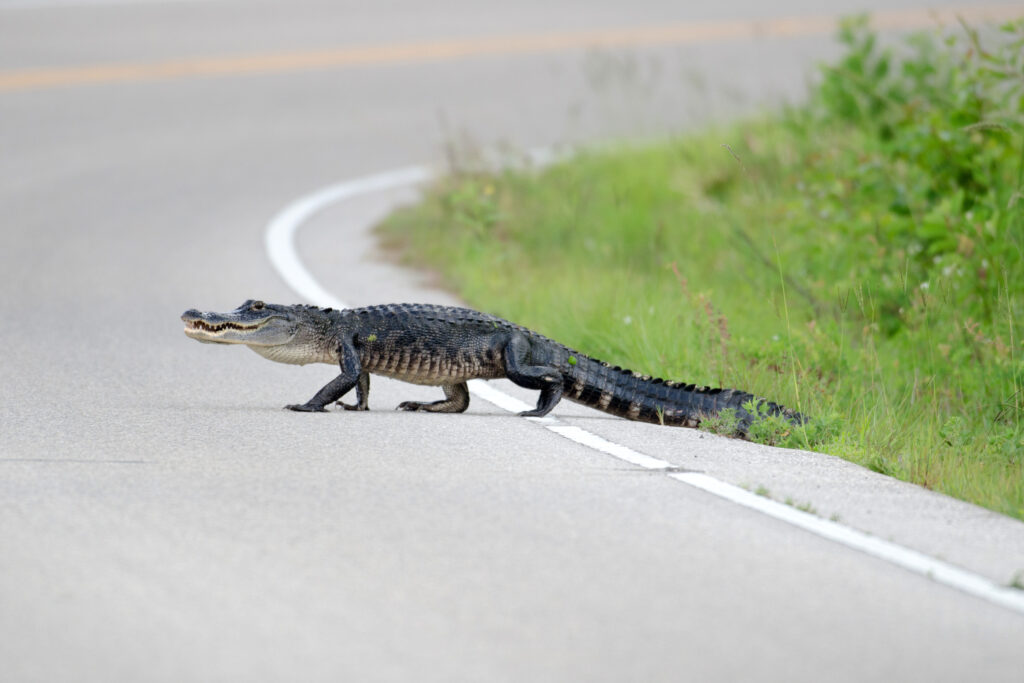
The American alligator is a modern-day reptile with roots that trace back more than 80 million years to ancient crocodilian ancestors. Found in swamps, rivers, and marshes across the southeastern United States, they’re living proof of survival through adaptation. With their armored hides, powerful jaws, and ambush-hunting style, alligators embody traits that have stood the test of time. Once on the brink of extinction due to overhunting, conservation efforts brought their populations back, making them a modern success story. Today, spotting a gator basking in the sun or gliding silently through wetlands feels like catching a glimpse of a creature from the dinosaur age.
4. Sturgeon

Sturgeons are among the most ancient fish swimming in North America, with a lineage going back more than 200 million years. These giants can grow over 12 feet long and live for decades, with some individuals reaching over a century in age. Their bony, armor-like plates give them a prehistoric look, and their bottom-feeding habits keep them closely tied to the riverbeds they inhabit. Found in rivers and lakes across the U.S., including the Great Lakes and major river systems, sturgeons are also known for producing caviar, which has historically made them targets of overfishing. Despite these challenges, conservation programs are working to ensure their survival for future generations.
5. Gar Fish
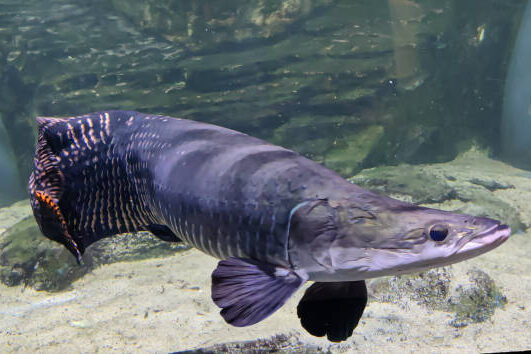
With sleek, elongated bodies and long, tooth-filled snouts, gars look almost identical to their ancestors from 100 million years ago. These ambush predators live in slow-moving rivers, lakes, and bayous, where they use their sharp teeth and quick strikes to catch fish and other prey. Gars are often considered “living fossils” because they’ve hardly changed in appearance or behavior since prehistoric times. While some species grow up to 10 feet long, most are smaller, but they still carry that unmistakable dinosaur-era look. Their ability to gulp air at the surface gives them an advantage in oxygen-poor waters, another trait that has helped them thrive through millions of years of change.
6. Coelacanth
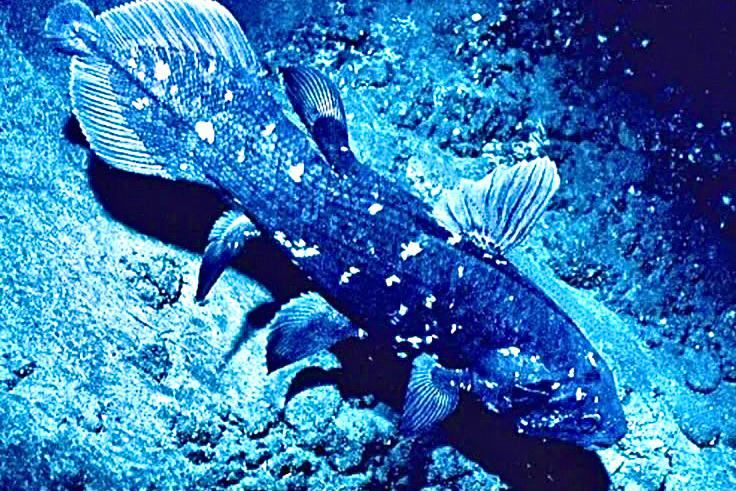
The coelacanth is one of the most remarkable “living fossils” ever discovered. For decades, scientists believed it had been extinct for 65 million years, until a live specimen was caught off the coast of South Africa in 1938. Related to deep-sea species, coelacanths trace their origins back more than 400 million years, making them older than most land animals. In rare cases, they’ve been spotted near American waters in museum collections or research links to global ocean studies. What makes them unique is their lobed fins, which resemble the early structures that eventually evolved into legs in land vertebrates. Though rarely seen alive, the coelacanth remains one of the most powerful examples of how ancient creatures can survive against all odds.
7. Lamprey
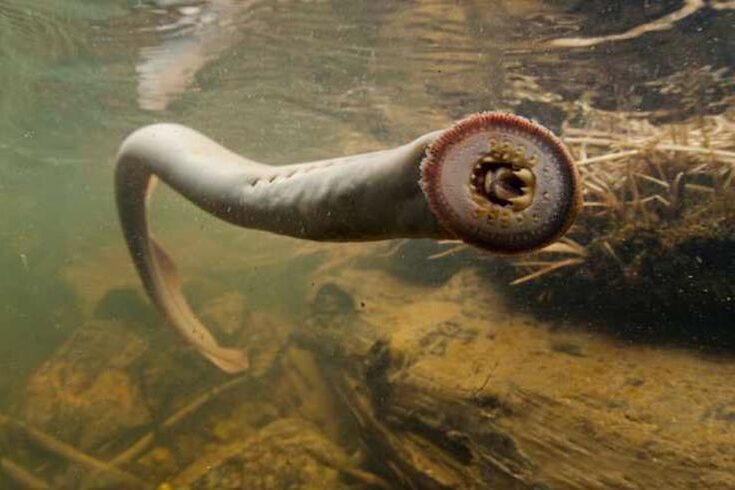
Lampreys are jawless fish that have swum in Earth’s waters for more than 360 million years. With their eel-like bodies and circular, suction-cup mouths lined with rows of teeth, they’ve earned the nickname “vampire fish.” Instead of chewing, lampreys latch onto other fish and feed on their blood and body fluids. While this sounds alarming, lampreys are an important part of aquatic ecosystems and a glimpse into the earliest stages of vertebrate evolution. Found in both freshwater and saltwater in North America, lampreys are sometimes considered pests in the Great Lakes, where their populations have been controlled. Yet, their survival through countless eras makes them one of the oldest and most unusual creatures still swimming in U.S. waters.
8. Bowfin
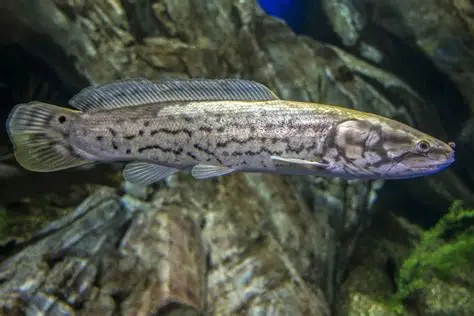
Known locally as “dogfish” or “mudfish,” the bowfin has been a predator in freshwater habitats for over 150 million years. Found in rivers, swamps, and lakes across the eastern United States, bowfins are tough survivors with powerful jaws and sharp teeth. They can gulp air from the surface, allowing them to thrive in stagnant, low-oxygen waters where other fish would struggle. This adaptability, combined with their aggressive hunting style, has kept them thriving since the days of the dinosaurs. While not often prized by anglers compared to bass or catfish, bowfins are valued by biologists as living representatives of an ancient lineage that shows how resilience and versatility can carry a species through millennia.
9. Alligator Snapping Turtle
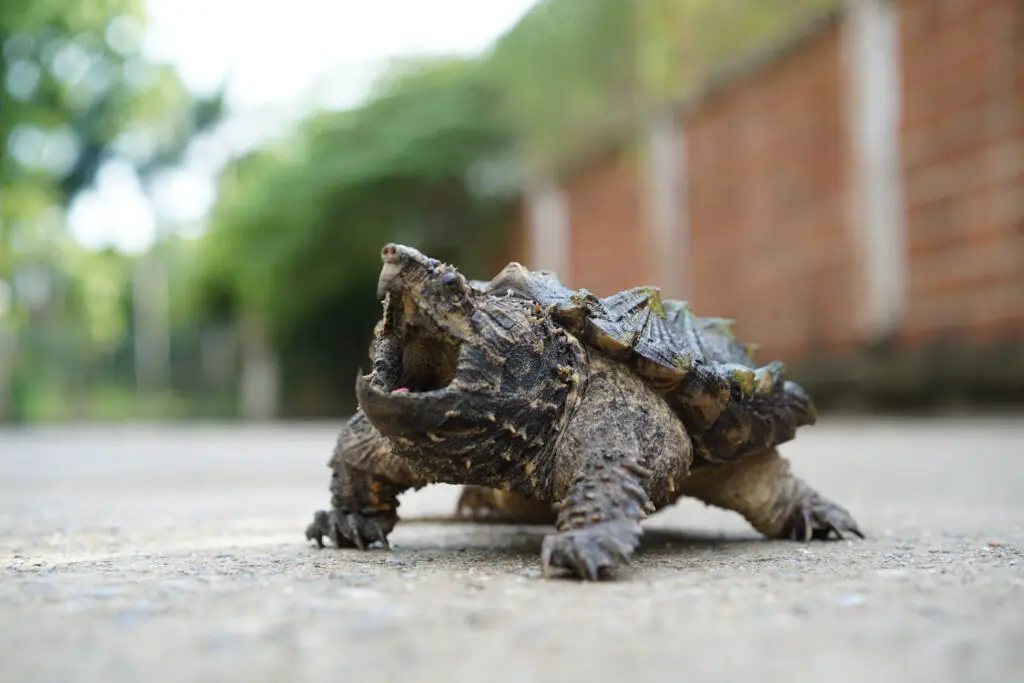
The alligator snapping turtle looks like something straight out of the dinosaur age, and for good reason, it has barely changed in over 90 million years. Found in rivers, lakes, and swamps in the southeastern U.S., this massive turtle can weigh more than 200 pounds, making it one of the heaviest freshwater turtles in the world. Its spiked shell, beak-like jaws, and worm-like tongue lure make it a formidable predator. By lying still at the bottom of a river and using its tongue as bait, the turtle can snatch unsuspecting fish with lightning speed. Its ancient design and unique hunting methods have kept it thriving for millions of years, making it a true relic of prehistoric waters.
10. American Paddlefish
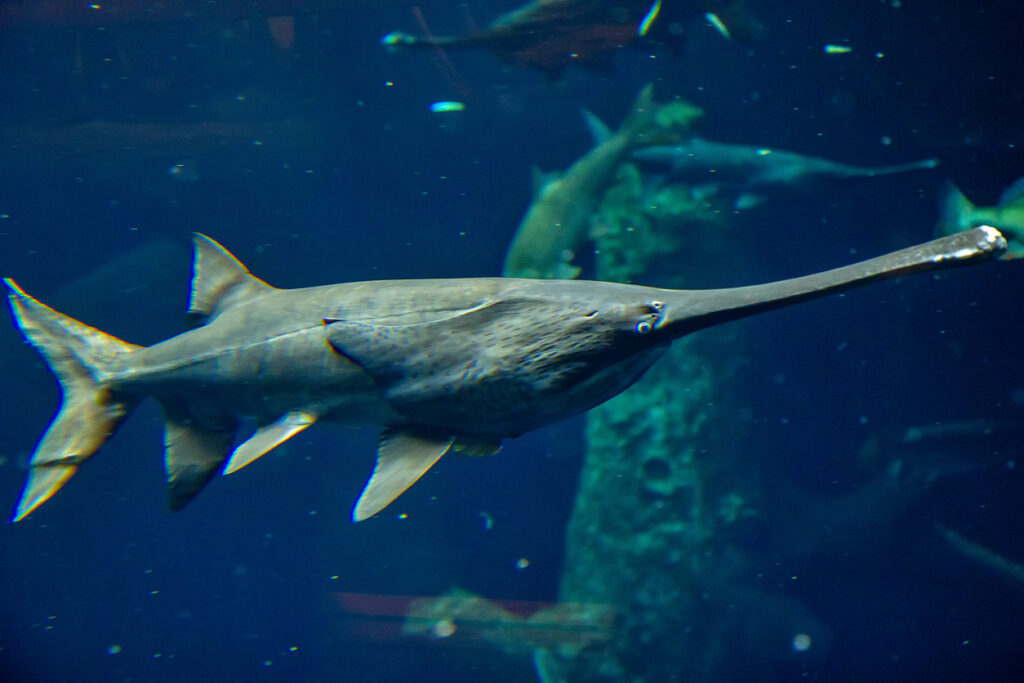
The American paddlefish is instantly recognizable by its long, flat snout, which can make up a third of its body length. This unusual feature helps detect tiny organisms in the water, which the paddlefish filters for food. With roots stretching back about 125 million years, paddlefish are considered one of the most ancient freshwater fish in North America. Once abundant in rivers like the Mississippi and Missouri, their populations have declined due to overfishing and habitat loss. Conservation programs are now working to restore their numbers. Seeing a paddlefish glide through murky waters is like watching a relic of the past in motion, proof that some ancient designs still serve perfectly well today.
11. Greenland Shark
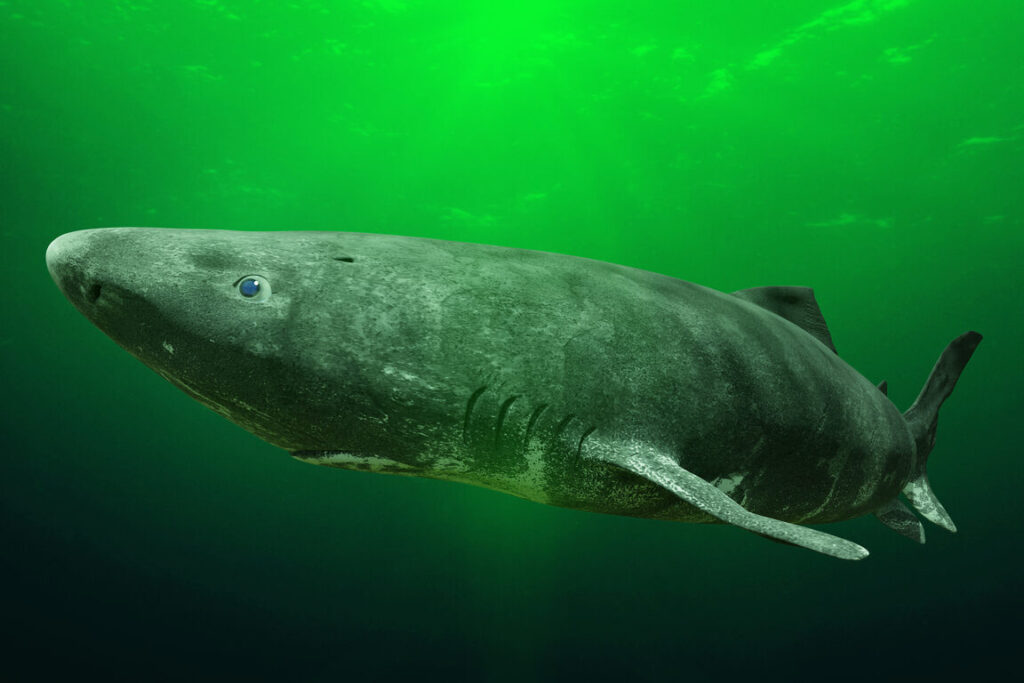
The Greenland shark is one of the oldest living vertebrates on Earth, with individuals estimated to live more than 400 years. These massive sharks, which can grow over 20 feet long, are slow-moving predators and scavengers found in the cold waters of the North Atlantic and Arctic. Fossil evidence places their lineage at about 110 million years old, making them true ancient survivors. Their remarkable longevity is still a mystery to scientists, but it’s thought that their slow metabolism and frigid environment play a role. While rarely seen by humans, their extraordinary lifespan and ancient lineage make the Greenland shark one of the most fascinating relics of prehistoric oceans.
12. Spiny Lobster

Unlike the familiar Maine lobster, the spiny lobster belongs to a lineage stretching back more than 100 million years. Found along U.S. coasts, especially in Florida and the Caribbean, these crustaceans are recognizable by their long, spiny antennae rather than large claws. Their ability to live in coral reefs and rocky crevices has kept them thriving for millions of years. They migrate in long chains across the ocean floor, a behavior rarely seen in other lobsters. Beyond their commercial importance as seafood, spiny lobsters stand out as living representatives of an ancient design that still thrives in American waters today.
13. Nautilus
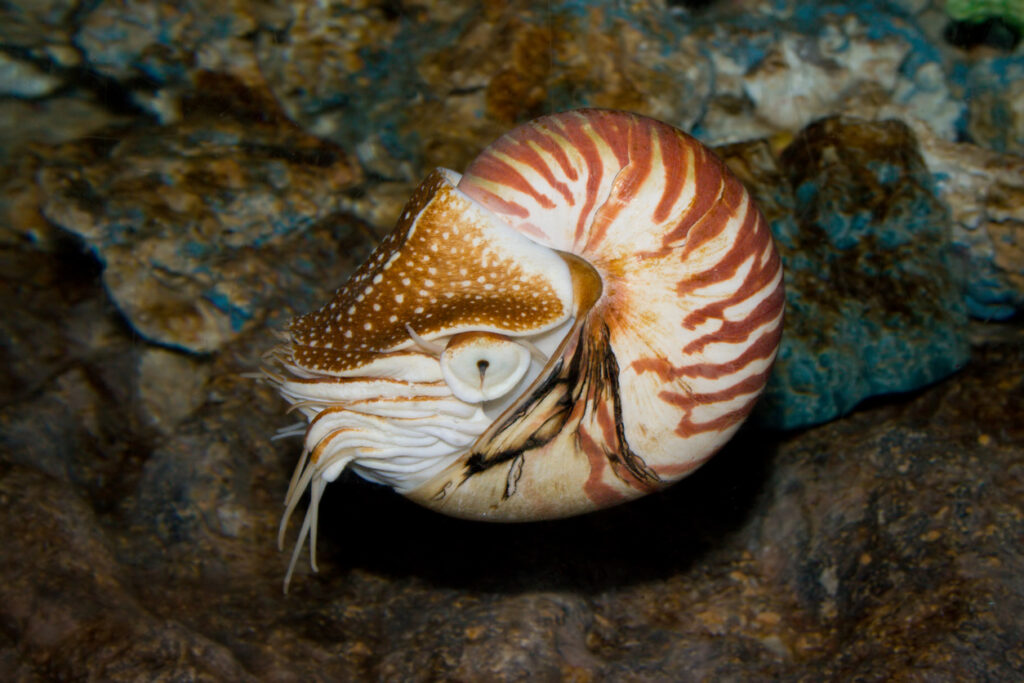
The nautilus is often called a “living fossil,” with ancestors that swam the oceans more than 500 million years ago, long before dinosaurs existed. Though rare in American waters, its closest relatives in the Pacific share traits with mollusks that once dominated prehistoric seas. The nautilus is instantly recognizable for its spiral, chambered shell, which not only provides protection but also works as a natural buoyancy device. Unlike most modern cephalopods, the nautilus has remained largely unchanged for millions of years, relying on its simple yet effective design. This remarkable endurance makes the nautilus one of the most ancient and iconic creatures still drifting through our oceans.
14. Horseshoe Shrimp
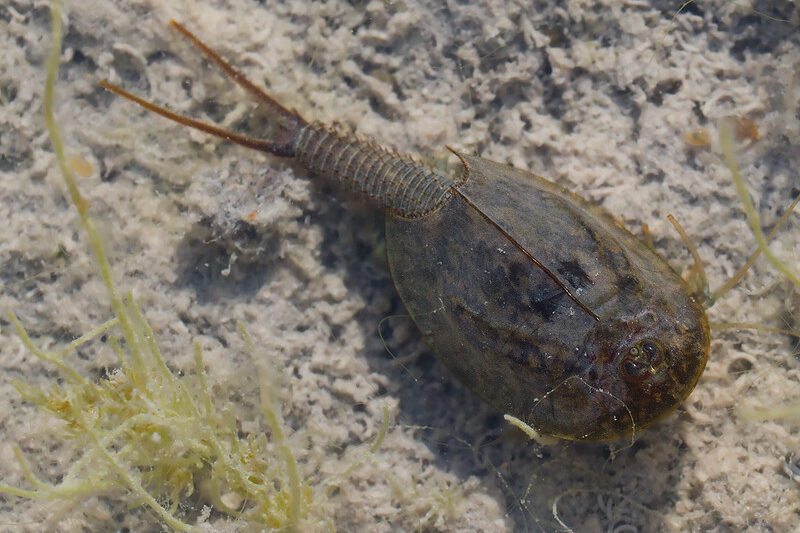
The horseshoe shrimp is a tiny crustacean that has remained virtually unchanged for around 200 million years. Despite their small size and obscure nature, they’re considered one of the most important “living fossils” of marine ecosystems. Found in shallow coastal habitats, these shrimp-like creatures have outlasted countless predators and environmental shifts. Their endurance lies in their adaptability and ability to thrive in a variety of conditions. Though not well known compared to larger ancient animals, the horseshoe shrimp is a reminder that even the smallest species can endure through geological time, quietly surviving in the background while empires of larger creatures rise and fall.
15. Atlantic Hagfish
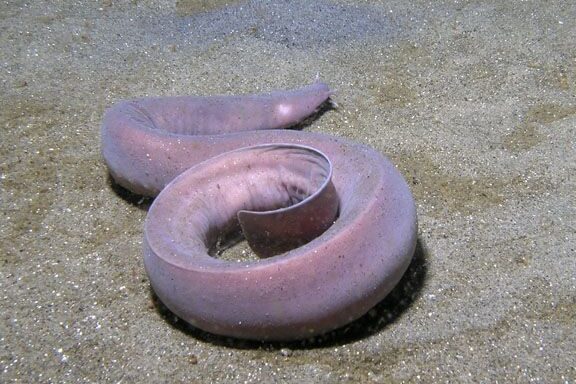
The Atlantic hagfish is a slime-producing scavenger that has been swimming in Earth’s seas for over 300 million years. With their eel-like bodies and ability to release large amounts of sticky mucus when threatened, hagfish have few predators. Instead of jaws, they use a rasping tongue to feed on dead or dying fish, often burrowing inside carcasses to consume them from within. Found along the Atlantic coast, hagfish may seem unpleasant, but their resilience and unique defense mechanisms are a big reason they’ve survived so long. Their simple yet effective body design has carried them through multiple mass extinctions, making them one of the oldest vertebrate lineages still alive today.
This story 14 Ancient Creatures Still Living in American Waters was first published on Daily FETCH


